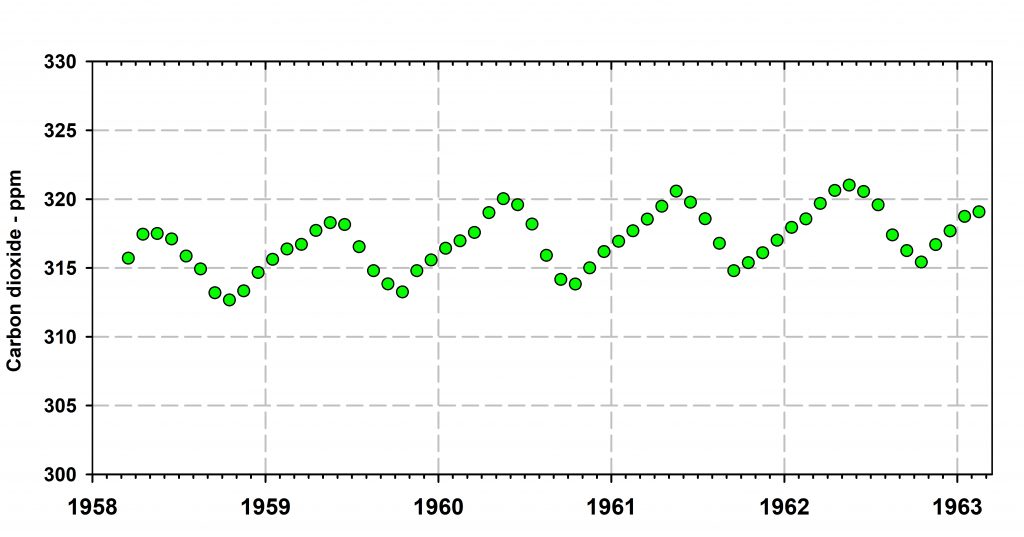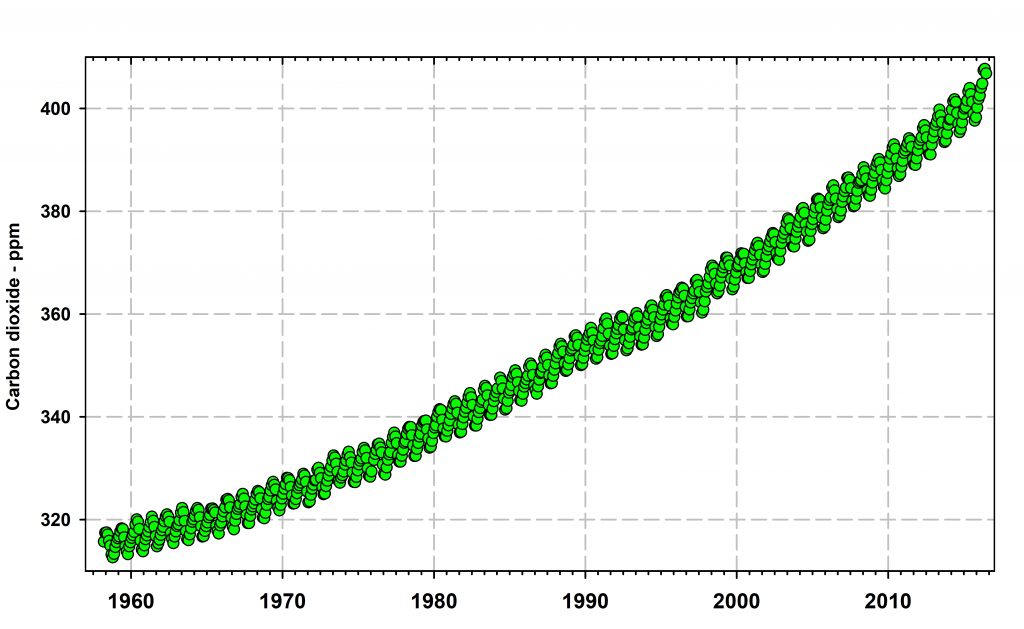With David Attenborough and all the amazing picture books on biodiversity there can be few people in the world who have not been alerted to the array of beautiful and interesting species on Earth. Until recently the subject of biodiversity, known to First Nations since long, long ago, had not entered the western world of automobiles, industry, farming, fishing, music, theatres, and movies. Biodiversity is now greatly appreciated by most people, but perhaps more as entertainment for western societies and more for subsistence food in less wealthy parts of our world.
There are many different measures of ‘biodiversity’ and when discussing how we should protect biodiversity we should be careful about exactly how this word is being used. The number of different species in an area is one simple measure of biodiversity. But often the types of organisms being considered are less well defined. Forest ecologists attempt to protect forest biodiversity, but logging companies are more concerned only with trees and tree size for commercial use. Bird watchers are concerned with birds and have developed much citizen science in counting birds. Mushroom connoisseurs may worry about what edible mushrooms will be available this summer. But in many cases biodiversity scientists recognize that the community of organisms and the ecosystem that contains them would be a more appropriate unit of analysis. But as the number of species in an ecosystem increases, the complexity of the ecosystem becomes unmanageable. A single ecosystem may have hundreds to thousands of species, and we are in the infant stage of trying to determine how to study these biological systems.
One result is that, given that there are perhaps 10 million species on Earth and only perhaps 10,000 biologists who study biodiversity, where do we begin? The first and most popular way to answer this question is to pick a single species and concentrate on understanding its ecology. This makes are researcher’s life fairly simple. If elephants in Africa are under threat, find out all about the ecology of elephants. If a particular butterfly in England is very rare, try to find out why and how to protect them. This kind of research is very valuable for conservation because it provides a detailed background for understanding the requirements of each species. But the single species approaches lead into at least two quagmires. First, all species exist in a web of other species and understanding this web greatly expands the problem. It is possible in many cases to decipher the effects other species have on our elephants or butterflies, but this requires many more scientists to assist in analysing the species’ food chain, its diseases, its predators and parasites, and that is only a start. The second quagmire is that one of the general rules of ecology is that most species on Earth are rare, and few are common. So that we must concentrate our person-power on the common species because they are easier to find and study. But it is often the rare species that are of conservation concern, and so we should focus on them rather than the common species. In particular, given that only about 10% of the species on Earth have been described scientifically, we may often be assigned a species that does not have any information on its food habits or habitat requirements, its distribution, and how its abundance might be changing over time, a lifetime research program.
The result of this general overview is that the mantra of our day – Protect Biodiversity – begins as a compelling slogan and ends in enormous scientific complexity. As such it falls into the category of slogans like ‘Reduce Poverty’ and ‘Peace on Earth’, something we can all agree on, but the devil is in the details of how to achieve that particular goal.
One way to avoid all these pitfalls has been to jump over the problems of individual species and analyse communities of species or entire ecosystems. The result of this approach is to boil down all the species in the community to a number that estimates “biodiversity” and then use that number in relating ‘biodiversity’ to community attributes like ‘productivity’ or ‘stability’. This approach leads to testing hypotheses like ‘Higher biodiversity leads to greater stability’. There are serious problems with this approach if it is used to test any such hypothesis. First, biodiversity in this example must be rigorously defined as well as stability. The fact that higher biodiversity of butterflies in a particular region is associated with a more stable abundance of these butterflies over time is worthy of note but not of generalization to global communities or ecosystems. And as in all ecological studies we do not know if this is a generalization applicable to all butterfly populations everywhere until many more studies have been done.
A second problem is that this community or ecosystem approach to address ecological questions about biodiversity is not very useful in promoting conservation which boils down to particular species in particular environments. It should force us back to looking at the population ecology of species that are of conservation concern. It is population ecologists who must push forward the main goals of the conservation of the Earth’s biota, as Caughley (1994) recognized long ago.
The practical goals of conservation have always been local, and this constraint is mostly ignored in papers that demand some global research priorities and global ecological rules. The broad problem is that the conservation of biodiversity is a gigantic scientific and political problem that is currently underfunded and in its scientific infancy. At the present too much biodiversity research is short-term and not structured in a comprehensive framework that identifies critical problems and concentrates research efforts on these problems (Nichols et al. 2019, Sutherland et al. 2018). One more important issue for a seminar discussion group.
Caughley, G. (1994). Directions in conservation biology. Journal of Animal Ecology 63, 215-244. doi: 10.2307/5542
Nichols, J.D., Kendall, W.L., and Boomer, G.S. (2019). Accumulating evidence in ecology: Once is not enough. Ecology and Evolution 9, 13991-14004. doi: 10.1002/ece3.5836.
Sutherland, W.J., Butchart, Stuart H.M., Connor, B., Culshaw, C., Dicks, L.V., et al. (2018). A 2018 Horizon Scan of Emerging Issues for Global Conservation and Biological Diversity. Trends in Ecology & Evolution 33, 47-58. doi: 10.1016/j.tree.2017.11.006.

